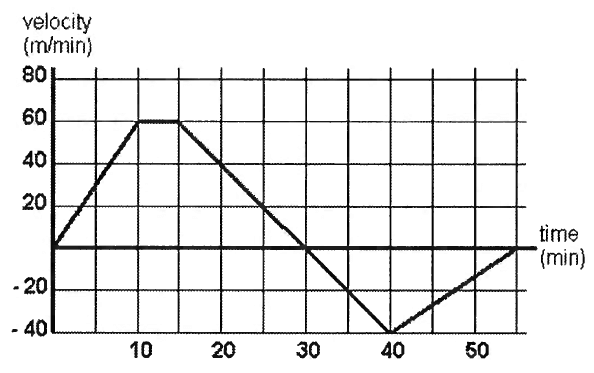HOW TO CHECK IF THE GIVEN NUMBER IS PERFECT CUBE OR NOT
To check if the given number is perfect cube or not, we use the method called prime factorization.
After grouping the factors as triples, if we have numbers remaining. Then we may decide that the given number is not a perfect cube.
Let us look into some examples to understand howto check the given number is perfect cube or not.
Example 1 :
Is 500 a perfect cube ?
Solution :
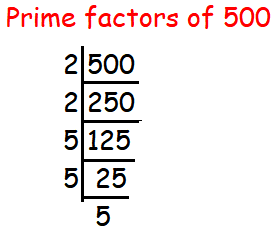
500 = 2 ⋅ 2 ⋅ 5 ⋅ 5 ⋅ 5
There are three 5’s in the product but only two 2’s.
Hence 500 is not perfect cube.
Example 2 :
Is 64 a perfect cube ?
Solution :
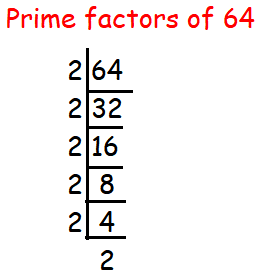
64 = 2 ⋅ 2 ⋅ 2 ⋅ 2 ⋅ 2 ⋅ 2
We may group 2 as triples.
Hence 64 is a perfect cube.
Example 3 :
Is 400 a perfect cube ?
Solution :
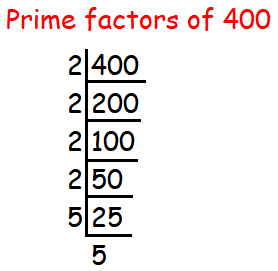
400 = 2 ⋅ 2 ⋅ 2 ⋅ 2 ⋅ 5 ⋅ 5
In the product, we have four 2's and two 5's.
After grouping 2's as triples, we left over with one 2 and two 5's.
Hence 400 is not perfect cube.
Example 4 :
Is 216 a perfect cube ?
Solution :
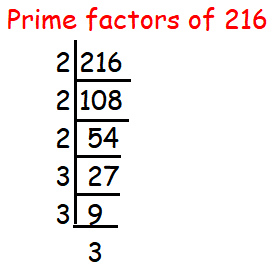
216 = 2 ⋅ 2 ⋅ 2 ⋅ 3 ⋅ 3 ⋅ 3
In the product, we have three 3's and three 2's.
After grouping 2 and 3 as triples, we don't have any remaining numbers.
Hence 216 is perfect cube.
Example 5 :
Is 900 a perfect cube ?
Solution :

81 = 3 ⋅ 3 ⋅ 3 ⋅ 3
In the product, we have four 3's.
After grouping 3 as triples, we left over with one 3.
Hence 81 is perfect cube.
Example 6 :
Is 1000 a perfect cube ?
Solution :
1000 = 10 ⋅ 10 ⋅ 10
We may decompose 1000 as the product of three same numbers.
Hence 1000 is perfect cube.
Kindly mail your feedback to v4formath@gmail.com
We always appreciate your feedback.
©All rights reserved. onlinemath4all.com
Recent Articles
-
Digital SAT Math Problems and Solutions (Part - 150)
Apr 25, 25 11:46 AM
Digital SAT Math Problems and Solutions (Part - 150) -
AP Calculus AB Problems with Solutions (Part - 19)
Apr 24, 25 11:10 PM
AP Calculus AB Problems with Solutions (Part - 19) -
AP Calculus AB Problems with Solutions (Part - 18)
Apr 24, 25 11:06 PM
AP Calculus AB Problems with Solutions (Part - 18)
